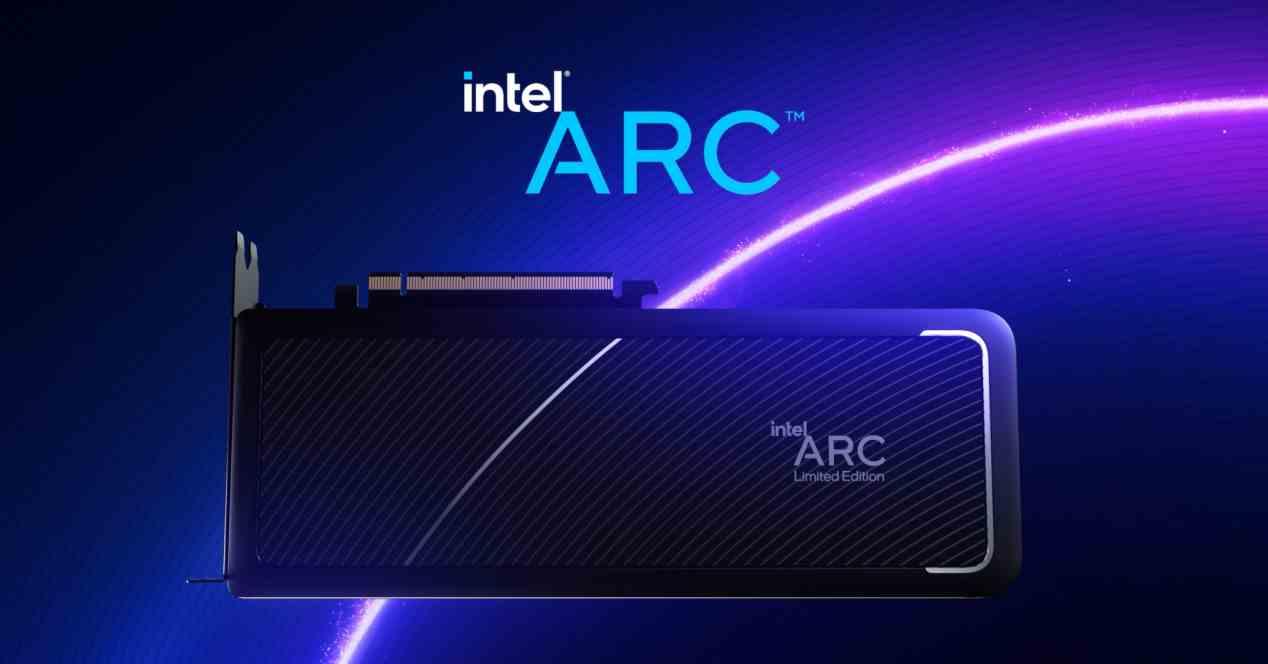One of the most important points of a graphics card is power management. Since we’re not interested in clock ramp-up periods that last longer than necessary. At the same time, it allows you to keep the clock speed down during periods of low graphics load and maintain low power consumption. This last case becomes more relevant if we talk about laptops, although the management of GPU consumption modes is actually done by the operating system.
Well, Intel has decided to make its ARC Alchemist compatible with an optional PCI Express feature related to power saving. Which is crucial for saving energy and having more efficient hardware. We were able to find out thanks to an update to the driver of its ARC Alchemist for the Linux kernel in its version 5.19. Which, due to its nature as free code, requires the publication of changes due to the effect of the GPL license.
Intel adds ASPM L1 and L0 support to its ARC Alchemist graphics cards
Intel has added ASPM L1 and L0 support for its ARC Alchemist graphics cards.. This is a optional feature of PCI Express standard and which consists of put the graphics card in low power mode or even in sleep mode. Your advantage? It does not require the intervention of any application or the operating system to function normally again. It is therefore ideal in systems where we have two graphics at the same time, one integrated and one dedicated.
Well, Intel has achieved that in the case of its dedicated graphics cards
For you to understand this better, you must take into account that the processor only sends you a list of screens. Which is the next image our eyes will see. So if we minimize a game, for example, until we maximize it, the GPU will not generate the frames. Another thing is that the action of the game continues.
How it will reduce consumption in games
Already at a more complex level, if the graphics load of a game is very low, then the graphics experience periods of inactivity. Using the ASPM L1 in the ARC Alchemist helps reduce chart consumption during these periods of inactivity. Keep in mind that we are talking about periods of less than 1 microsecond and that a frame lasts several milliseconds.
This is not an Intel-only feature, as many NVIDIA and AMD cards support this mode as it is a function of the PCI Express interface. However, it is usually not advertised. Of course, this has become one of the reasons why GPUs have become more efficient in recent years and have therefore been able to increase their performance per watt. Its support in Intel ARC should therefore not surprise us.









